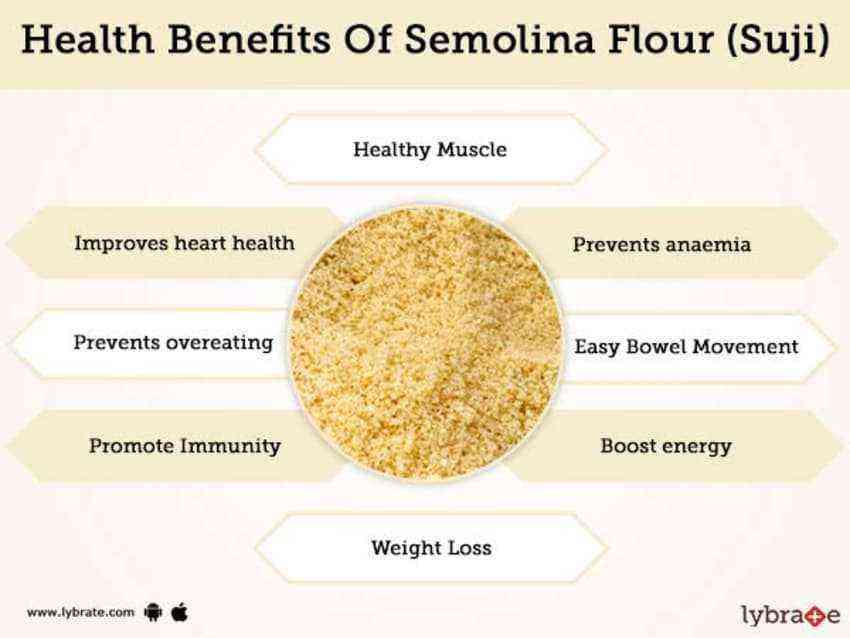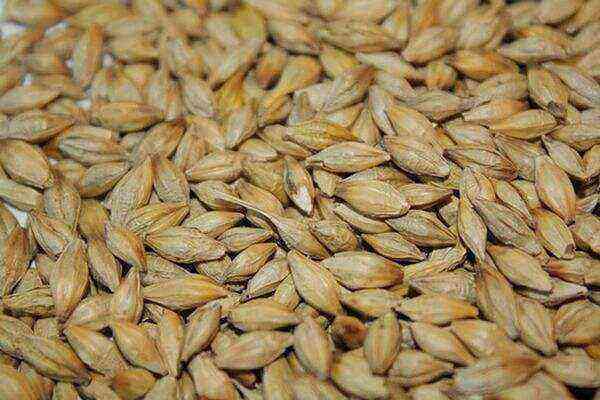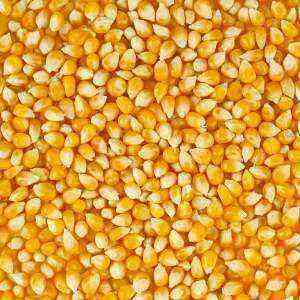Tuna (Latin Thunnus) is a fish of the mackerel family. This is a rather large fish, with an elongated, spindle-shaped body, reaching up to three meters in length and weighing up to 500 kg (in history, there were also larger specimens, but rarely).
Tuna lives in the warm waters of the Pacific, Indian and Atlantic oceans, as well as in the waters of tropical and subtropical seas. Tuna live in large flocks, swim at great depths and feed on small fish, molluscs and crustaceans. Tuna is of great commercial importance all over the world – in terms of consumption, it surpasses all other types of fish and seafood, with the exception of shrimp. Japan is considered the main consumer of tuna, as well as the United States,
Tuna meat consists of protein, fat, water and ash, vitamins and minerals. It contains retinol, B vitamins (B1, B2, B6, B9, B4, B12), vitamins D and E, potassium, magnesium, phosphorus, sodium, selenium, calcium, manganese, zinc. Tuna meat contains high-quality protein with valuable essential amino acids for the body, fats containing the most valuable fatty acids – a complete fatty complex of Omega-3 acids. With the regular use of tuna in food (at least 50 grams per day), the risk of cardiovascular diseases, the appearance of cholesterol plaques on the walls of blood vessels, coronary heart disease is halved, and all this is due to fatty acids.









































